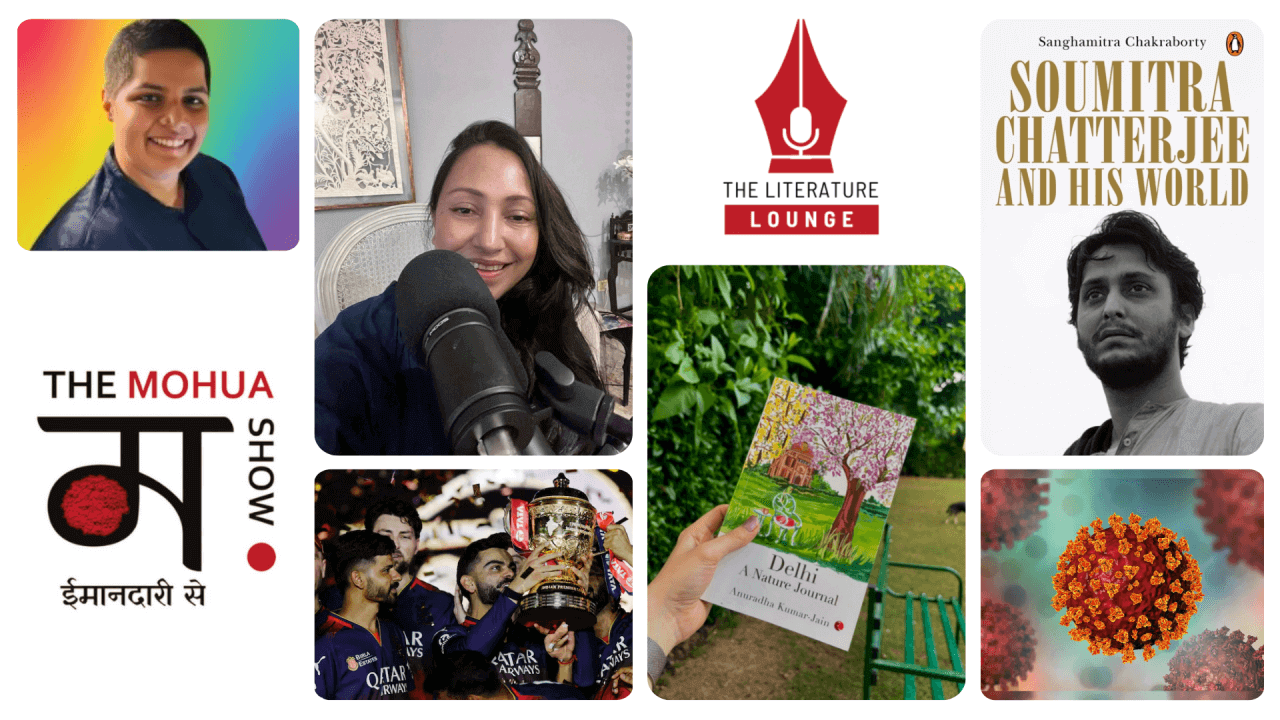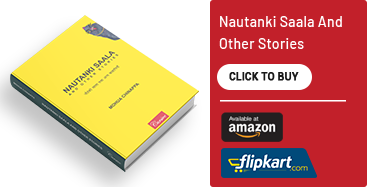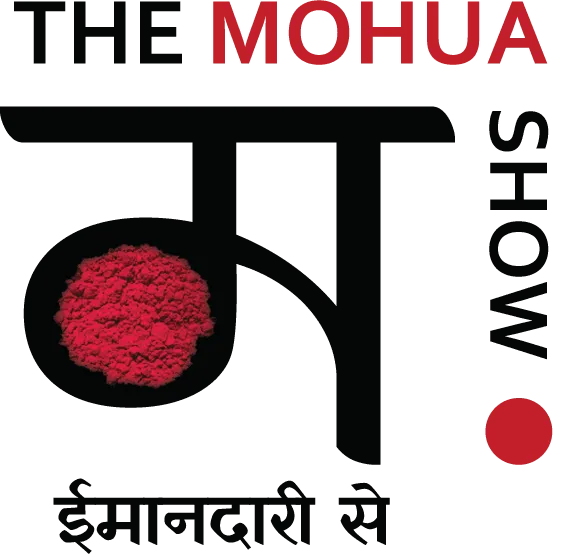Sit Up With The Fluidity Of The Soumodeep Dutta Label…Bengal Muslin Magic
The great stories of the Indian Railways and the people you meet along that journey who became a distant memory and some crazy stories that remain indelibly marked in your head forever. One such story is of a Good Samaritan we met on one such journey. He was from Konnagar West Bengal. The years have rolled but I won’t forget that name ever. I turn it around in my mouth, head and it lingers like an unresolved story. Over the years forgotten, after so many incidents where I experienced the magic of human connections. And I hear Ma tell me this story of gratitude and blessings.
It was 1974 when I was just 4 years old and not yet fully cynical and jaded like now. Konnagar again resurfaced with Soumodeep Dutta – a shy, gentle designer without a shred of the arrogance of his art, with his beautiful Bengal Muslin and Bengal silk creations. He stood almost unnoticeable among the cacophony of the arrogant aware. Konnagar is a story that needs closure and I am always drawn towards the reticent. I knew with his eyes that he was a Bengali. He smiled at me and said yes, a Bengali from Konnagar. It was a flash of images, I couldn’t tell him my story.
I was on a train with my late Dadu and Ma. Dadu always wore the woollen Dhariwal brand fabric Nehru jacket over his white crisp Bengali Dhuti. All his money and tickets tucked in the pocket of the jacket near his chest. As the ticket collector came to check the ticket, Dadu realised that he had been pickpocketed. Not a penny on him, he started sweating profusely. Ma clutched my little hand and started sobbing. The train was furiously running on track with my Grandfather and Ma losing all semblance. I learnt over the years, middle-class Indians and especially Bengalis have lived all their life with that adage “bhodrolok”- meaning “the gentlefolk”. And now, pride and honesty was in question, in that train amongst people unknown.
There in the corner, sat a young Bengali boy, who had an argument with Ma earlier as we boarded the train, for wanting to pull down the window glass. She promptly forbade me from talking to him. He noticed Dadu almost breaking down, walked up to us and asked “Are you Bengalis? Dadu couldn’t reply but shook his head in affirmative. He went on to say, “I am also one from Konnagar and don’t worry I have some money. You can pay the ticket checker and when you reach your destination, you can send it back”. Ma agreed because there was no other choice. He took out all the money he had, paid our fare and even gave us some extra cash. At every train junction, without asking, he would get us tea and food. And as we reached Howrah, he told Ma, “Don’t worry, reach safely with your little one and your father”. I saw my Dadu and Ma thank him profusely and exchange the address. He was Probir Chakroborty from Konnagar, West Bengal.
Over the years, Probir became more like a family member than the train saviour and we too visited his home in Konnagar. I recall the moss-covered small ponds and the quintessential Bengal where the evenings were filled with the conch sound echoing from every home and Dhunuchi infused pujo rooms. And the mosquito nets tied up on the four-poster beds. Over the years we lost touch, but Konnagar stays. I couldn’t share this story with Soumodeep when I met him. But as I touched the Bengal Muslin kurtas, dresses and held it against my cheek, the fabric felt as magical as the Bengal winter mist and it breathes like the wind. Muslin is kindness towards your body like a Sufi chant draped around. It is there on you yet blowing away with the first gust of wind.
Production of the magical Muslin cloth in Bengal started in Dhaka. Leading to Muslin being called “Daka”. Bengal in its heydays produced more than 50% of textiles and around 80% of silks imported by the Dutch from Asia. Bengal Muslin was one of the most traded commodity throughout China, the Muslim world and the Middle East to SouthEast Asia. By 1850, Portuguese traders settled in Dhaka and Sripur from where they started exporting Muslin. Unfortunately, the British colonisation implemented protectionist policies and high tariffs that restricted Bengali import. British economic policies forced de-industrialization. The Great Bengal Famine Of 1970 killed one-third of the Bengal population. Natural calamities from 1787 to 1788 added to the disaster of the cotton industry. People stopped weaving because agriculture was given more wages. Amongst it all, the Muslin industry declined in Bengal.
But there is hope all over again. Like the old dried leaves turn into dust, fresh new hope blossoms in the mind’s and heart’s of the young designers. An artists like Soumodeep Dutta is one among the many trying to revive the handloom Muslin fabrics from Phulia. The finesse of the fabric could pass through a hollow bamboo stem.
As I wear the backless muslin pink kurta with Soumodeep Dutta’s label, I walk away from the distorted version of so many voices inside my head that shames my bare skin. As the Muslin breathes, I can feel it brushing against my skin, breathing, breaking norms of lightness and depth of what lay ahead for me. The pink hue is soft and mixed with white, like a fresh blossom.
Muslin is picking up and we need more designers to revolutionise the lost glory of Bengal and take pride in our heritage.
Soumodeep take a bow, I know Konnagar has inspired you like it saved my Ma’s humiliation years back.
I hope you find inspiration forever in those ponds and fish markets with the fresh catch, capturing the first rays of sunlight. We want more of your talent, for an industry fraught with the fear of decline at an alarming pace.





